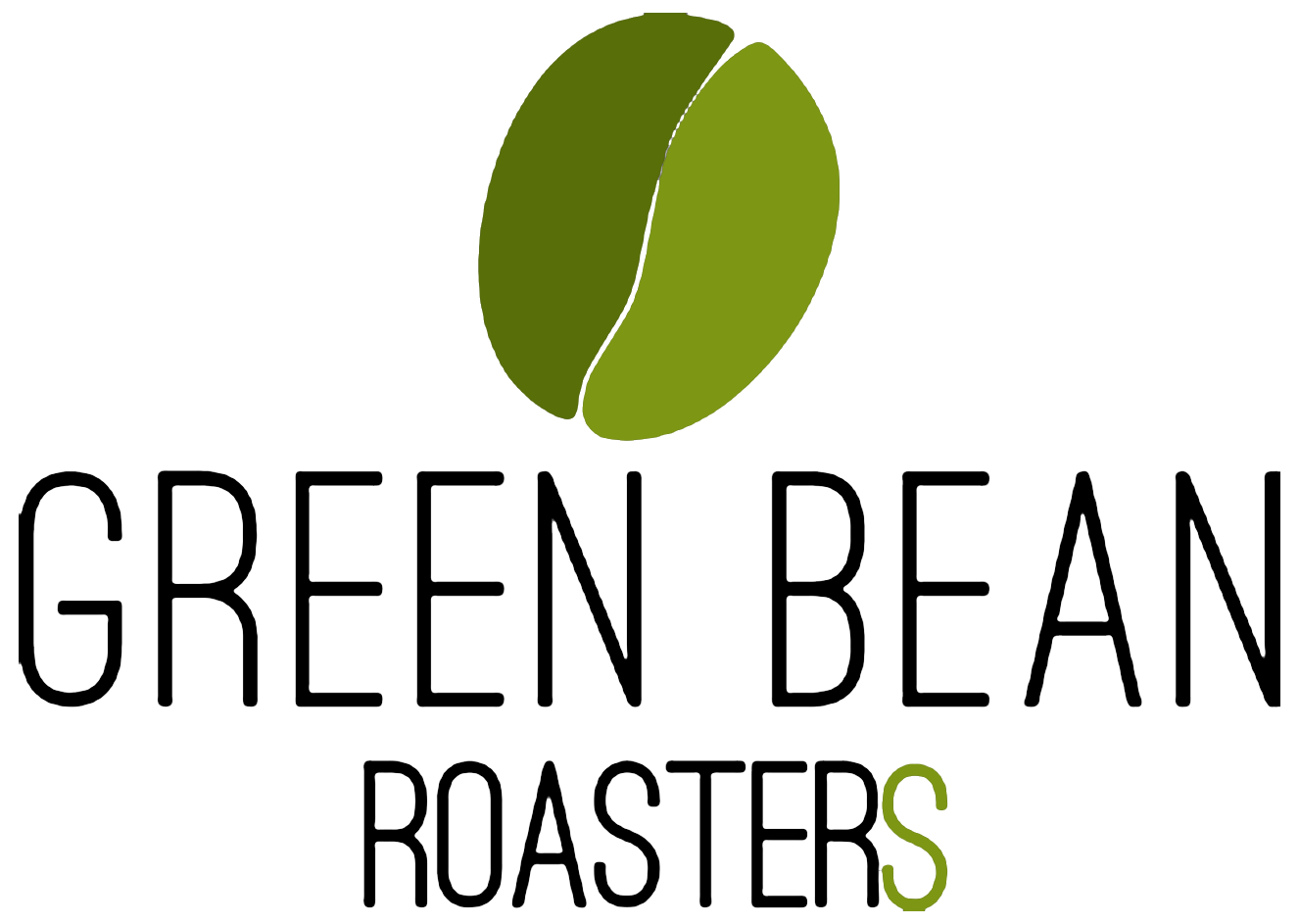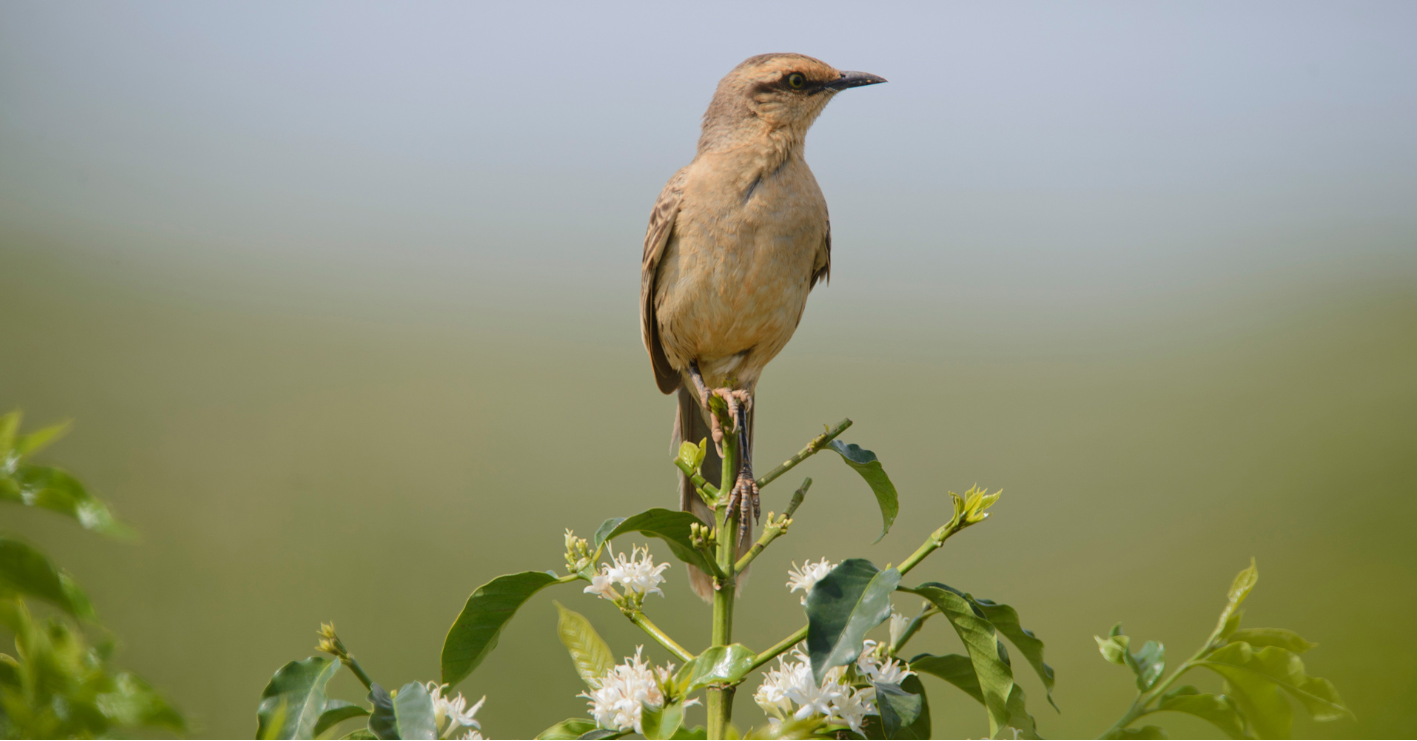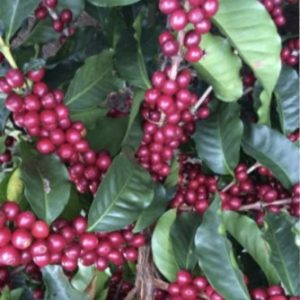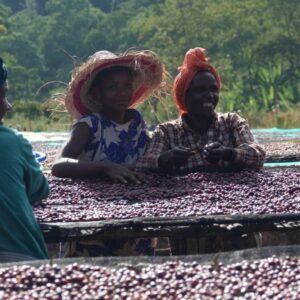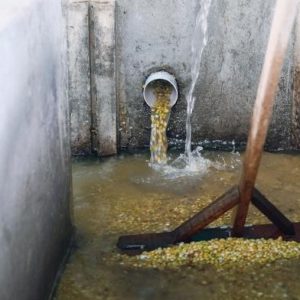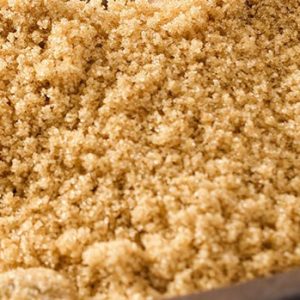Description
Chapadão Farm
Grower: Gabriel Nunes
Region: Cerrado Mineiro
Varietal Paraiso (rare Varietal)
Aerobic Processing
Altitude: 1,170 MASL
07924-194
Cup Profile
full body with notes of Apricot / Peach Stonefruit sweetness milk choc great body & finish
What is Aerobic Processing?
Aerobic processing involves fermenting coffee cherries or beans in an oxygen-rich environment, typically in open tanks, for 12–36 hours. Used in washed processing, it produces clean, bright, floral, or fruity flavors. Unlike anaerobic methods, it’s simpler but requires careful monitoring to prevent over-fermentation.
Steps in Aerobic Processing
- Harvesting: Ripe coffee cherries are hand-picked for quality.
- Depulping (optional): Outer skin and pulp are removed, leaving mucilage-covered beans.
- Fermentation: Beans (or whole cherries) ferment in open tanks with oxygen, where microbes break down mucilage for 12–36 hours.
- Washing (if applicable): Beans are washed to remove mucilage, enhancing clean flavors.
- Drying: Beans dry on raised beds or patios for 7–14 days to 10–12% moisture.
- Hulling and Sorting: Parchment is removed, and beans are sorted for quality.
Key Characteristics
- Flavor: Clean, vibrant, with pronounced acidity and floral/fruity notes.
- Control: Requires careful timing to avoid off-flavors from over-fermentation.
- Versatility: Used in washed coffees or experimental methods for unique flavors.
Comparison with Anaerobic Processing
Aerobic processing uses oxygen for faster fermentation and cleaner flavors, while anaerobic methods (in sealed tanks) produce heavier, complex flavors. Aerobic favors aerobic microbes; anaerobic favors lactic acid bacteria.
Advantages
- Clean, consistent flavors for specialty coffee.
- Widely used in high-quality regions like Ethiopia and Kenya.
- Simpler than anaerobic processing.
Challenges
- Needs careful monitoring to avoid over-fermentation.
- Weather can affect drying.
- Labor-intensive due to washing and drying
- Some producers experiment with extended aerobic fermentation (e.g., 48–72 hours) to create more pronounced fruit-forward profiles, often blending aerobic and anaerobic techniques.
